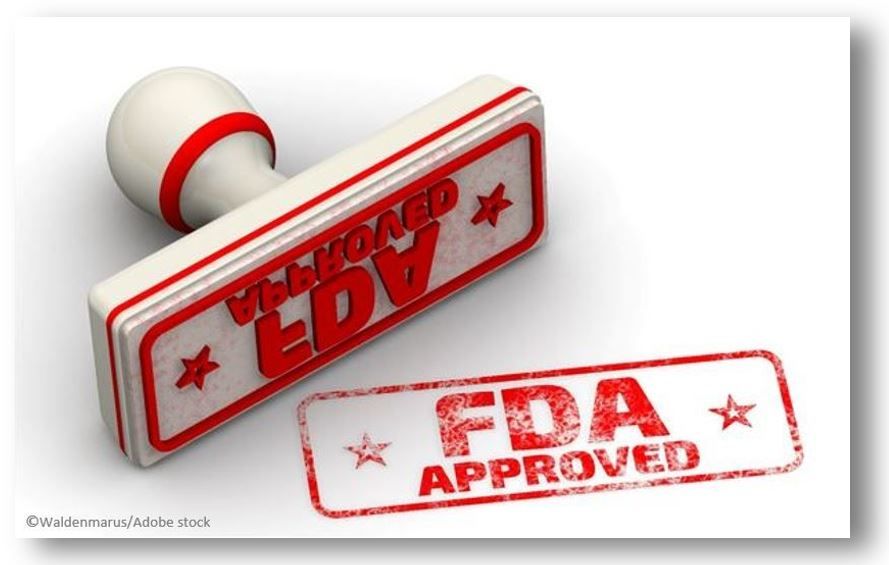- Clinical Technology
- Adult Immunization
- Hepatology
- Pediatric Immunization
- Screening
- Psychiatry
- Allergy
- Women's Health
- Cardiology
- Pediatrics
- Dermatology
- Endocrinology
- Pain Management
- Gastroenterology
- Infectious Disease
- Obesity Medicine
- Rheumatology
- Nephrology
- Neurology
- Pulmonology
Empagliflozin and Empagliflozin/Metformin Win FDA Approval for Pediatric Type 2 Diabetes

The US Food and Drug Administration (FDA) approval on June 20 of empagliflozin (Jardiance) and empagliflozin plus metformin hydrochloride (Synjardy) for the treatment of children with type 2 diabetes (T2D) provides a much needed second oral treatment option for the pediatric T2D population and is the first approval of a sodium-glucose cotransporter-2 (SGLT-2) inhibitor for these young patients.
Both agents are indicated as additions to diet and exercise to improve glycemic control in children aged ≥10 years with T2D, according to the FDA announcement.
“Compared to adults, children with type 2 diabetes have limited treatment options, even though the disease and symptom onset generally progress more rapidly in children,” said Michelle Carey, MD, MPH, associate director for therapeutic review for the Division of Diabetes, Lipid Disorders, and Obesity in the FDA’s Center for Drug Evaluation and Research. “Today’s approvals provide much-needed additional treatment options for children with type 2 diabetes.”
The FDA’s approval is based on data from the 2022 phase 3 DINAMO clinical trial, a double-blind, randomized, placebo-controlled trial in 157 patients aged 10-17 years. Participants were randomly assigned to treatment with empagliflozin, linagliptin (a DPP-4 inhibitor), or placebo for 26 weeks. At DINAMO baseline, 51% of participants were on background therapy of metformin alone, 40% on a combination of metformin and insulin, 3% on insulin monotherapy, and 6% on no other medications for T2D.
After 26 weeks, DINAMO investigators reported, treatment with empagliflozin was associated with a 0.84% reduction in HbA1c relative to placebo therapy and with a 35.2 mg/dL reduction in fasting plasma glucose.
The most common side effects reported in children receiving empagliflozin were similar to those in adults, including urinary tract infections and fungal infections in girls. There was, however, a higher risk of hypoglycemia in pediatric patients regardless of other T2D treatments.
Empagliflozin was first approved by the FDA in 2014 as an adjunct to diet and exercise in adults with T2D. Label expansions since then have included an indication to reduce the risk of cardiovascular (CV) death in adults with T2D and CV disease and subsequently to reduce the risk of CV death and emergency treatment for adults with heart failure, regardless of ejection fraction.
The FDA accepted a supplemental New Drug Application for the empagliflozin pediatric indication on March 8, 2023 from codevelopers Boehringer Ingelheim Pharmaceuticals, Inc and Eli Lilly and Company. The approval of empagliflozin and empagliflozin plus metformin hydrochloride were awarded to Boehringer Ingelheim.
Source: FDA approves new class of medicines to treat pediatric type 2 diabetes. US Food and Drug Administration. FDA. June 20, 2023. Accessed June 21, 2023. https://www.fda.gov/news-events/press-announcements/fda-approves-new-class-medicines-treat-pediatric-type-2-diabetes
